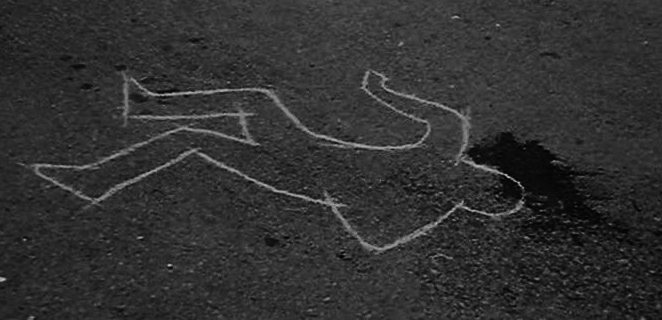


Just be sure that the teeth on the hook are pointing upward so they don’t prevent the string from touching the surface.Īlso, drive the nail at an angle, with the head of the nail tilted away from the chalk line. Simply slide the cutout in the middle of the hook over the nail head. If you’re not able to hook the end of the chalk line onto the edge of the work surface, you can drive a nail partially into the surface and use it as an anchor. By the third time, you should have enough chalk on the line, but not so much that the string will jam. Unravel the string a few feet until the string looks clean and give another squeeze or two into the chalk box. It’s a good idea to give the chalk bottle a few squeezes, tap the box, and then hook the string onto something. It will stain almost anything it touches. It won’t wipe off, and it doesn’t fade in the rain or sun. It can withstand wind and very light rain but it can also permanently stain surfaces, so it’s best for rough, outdoor work like framing and sheathing. Red is easier to see and formulated to be more permanent than blue.It can leave a blue residue on some surfaces, but it will fade away over time. Blue chalk is a bit easier to see than white, and it wipes off relatively well.White chalk leaves a very light line that wipes away easily and won’t stain, making it great for finish and indoor use.Powdered chalk comes in a few colors, including red, blue, white, black, and more, and which you choose matters: The above guide outlines the basic steps, but there are times and conditions that make snapping a perfect chalk line challenging. If you hold the string tight, this will leave a crisp, clean chalk line on the surface. Pull it straight up off the surface and let it snap back down. Holding the chalk line in place, reach out toward the middle and pinch it between your fingers. Once pulled tight, hold the string against the surface at your mark. Think of this like a string on an archery bow not so tight that it breaks, but tight enough that it will give a good snap. Step 4: Pull it tightįor a chalk line to provide perfectly straight lines, you need to pull it tight. Then, maintaining a bit of pressure, allow the string to unravel as you bring the box to the mark where you’d like the chalk line to end. Pull the hook on the end of the string out from the chalk box and secure at the mark where you’d like the chalk line to begin. Step 3: Stretch the lineįlip the reel up or over to allow it to spin freely. You should do this every time you use a chalk line. This kicks the dust up inside the chalk box and helps coat the string. To coat the string, give the box a few solid taps on a hard surface. Step 2: Tap the chalk box on a hard surface Be sure to slide the window shut when you’re done. Simply slide the window open, aim the tip of the chalk bottle inside, and give a few light squeezes to load the box.
CHALK OUTLINE WINDOWS
Most chalk boxes have small sliding windows on their sides. Since that string doesn’t come coated with chalk, you have to put chalk in the chalk box first. This is a hollow case with a reel and string inside. The case that holds the chalk line is called a chalk box. All you’ll need is a chalk box with a string inside and a bottle of powdered chalk.
CHALK OUTLINE HOW TO
Here are the basic steps to learning how to use a chalk line. If you don’t know how to use a chalk line, don’t worry you’ll get the hang of it. Related Angle Measuring Tools How to Use a Chalk Line


 0 kommentar(er)
0 kommentar(er)
